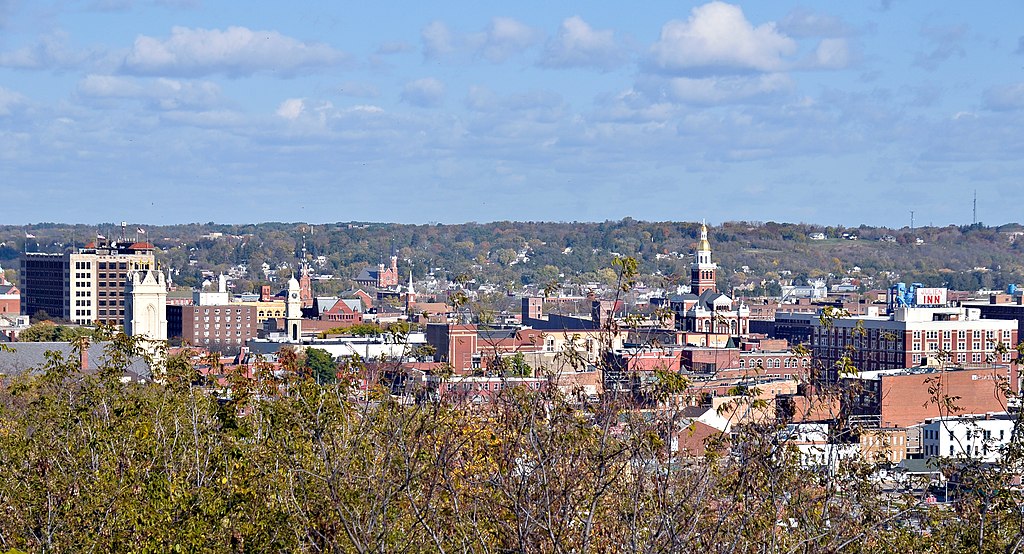
* * * *
I just got back from a 10-day road trip to Dubuque, Iowa. My current lady friend hails from there, and wanted to visit family. (Especially kids, grandkids and a new great-granddaughter.)
I went because I’d never experienced such a lily-white Midwestern Fourth of July. (Not lately anyway, compared to the Black mecca that is the Atlanta Metropolitan Area.) And it was quite an adventure, featuring lots of visits to her family, and my eating way too much food, and getting not nearly enough exercise. (I gained five pounds, and was lucky to limit it to that. One comment at a dinner on the evening of July 4: “That’s all you’re eating?”)
But this blog is about faith and spirituality, so let’s back on track…
To help celebrate the 4th, I went back over some past posts. I came across this, from 2014, On Sunday of the July 4th weekend. I told of another mid-summer trip, taking a train north from New York City to Montreal. On the ride up to the Canadian border I had time to read my passport. That made for some interesting reading, “especially on this holiday weekend,” of July 2014.
Page 1 of the passport said the U.S. Secretary of State personally requested – of “all whom it may concern” – to permit this particular named citizen (me) “to pass without delay or hindrance and in case of need to give all lawful aid and protection.” Which I found pretty impressive. (Especially since I’ll be flying over to Rome on August 27, to hike the Way of St Francis.*)
That was followed by the Preamble to the U.S. Constitution, which also made for some impressive reading. (“We the People…”) That was followed by pages topped with pithy quotations about America and the promise of freedom it stands for. (Mostly.) Pages 8-9 are topped by a saying from George Washington, “Let us raise a standard to which the wise and honest can repair.”
But as I wrote back in 2014, we’ve seen “way too often lately” that the stupid and dishonest can also repair to that standard of freedom. And I’d say that goes at least double for the eight years since 2014. But since this is a Christian blog I’ll take the high ground and quote John Steinbeck on the American July 4th sense of freedom that we celebrate each year:
[T]his I believe: that the free, exploring mind of the individual human is the most valuable thing in the world. And this I would fight for: the freedom of the mind to take any direction it wishes, undirected. And this I must fight against: any idea, religion, or government which limits or destroys the individual. This is what I am and what I am about.
Which leads to some questions. Like, “Have we maintained that freedom of the mind to take any direction it pleases?” Are we winning or losing the fight against a religion or government that limits or destroys the individual? Which leads to the quote on pages 16-17 of the U.S. passport. Attributed to Teddy Roosevelt, it reads: “This is a new nation, based on a mighty continent, of endless possibilities.” (Get that? “Endless possibilities.”) All of which led me to quote Ellison Onizuka, the American astronaut who died in the 1986 Space Shuttle disaster:
Every generation has the obligation to free men’s minds for a look at new worlds . . . to look out from a higher plateau than the last generation.
To free people’s minds. To me, that’s what the Bible is all about…
But of course Onizuka could have said – in a slightly different way – “Sing to the Lord a new song.” (As it says in Psalm 98:1 and elsewhere.) He could add that you can’t live up to, fulfill or implement either promise – of America’s endless possibilities or those of Jesus – interpreting the Bible or the Constitution in a closed, narrow, “strict” way. So I’d say our duty as Americans – as Christian Americans – is to foster the endless possibilities of both the American Dream and the promises of Jesus. (That in His name we should live a life of spiritual abundance, and do greater miracles than He did.) Which brings up the miracle in the Bible.
To many people, those miracles are “fairy tales,” stumbling blocks like those Paul mentioned in 1st Corinthians 8:9. But the thing to remember is that they are designed to stretch the human mind, to get that mind out of its conservative, keep-things-as-they-are Comfort Zone.
After all, the English people who first settled America were neither conservative nor “keep-things-as-they-are.” They wanted to sing a new song, to experience the endless possibilities in the New World, to “look out from a higher plateau than the last generation.”On that note see Isaiah 40:31, “those who wait upon the LORD will renew their strength; they will mount up with wings like eagles; they will run and not grow weary, they will walk and not faint.”
It’s your choice America…
* * * *

* * * *
The upper image is courtesy of Dubuque, Iowa – Wikipedia. The city was named for Julien Dubuque (1762-1810), a Canadian from Champlain, Quebec, who settled near what is now the city. One of the first Europeans to settle in the area, he initially got permission from the Mesquakie Indian tribe to mine the lead in 1788. “Once he had received permission from the Meskwaki to mine lead, Dubuque remained in the area for the rest of his life. He befriended the local Meskwaki chief Peosta – for whom the nearby town of Peosta, Iowa is named.” He is believed to have married Peosta’s daughter.
Re: Book of Common Prayer. See page 339, under Holy Eucharist: Rite One:
Almighty and everliving God, we most heartily thank thee for that thou dost feed us, in these holy mysteries, with the spiritual food of the most precious Body and Blood of thy Son our Savior Jesus Christ; and dost assure us thereby of thy favor and goodness towards us; and that we are very members incorporate in the mystical body of thy Son, the blessed company of all faithful people…
Or see The Online Book of Common Prayer.
Re: The Black mecca that is the Atlanta Metropolitan Area. That area that has been my new ome for the past 12 years.
Re: The Way of St. Francis. I’ll meet up with my brother Tom and his wife Carol, and hike the 160-or-so miles from Assisi to Rome.
The Steinbeck quote. See Quote by John Steinbeck: “And this I believe.”
Re: Psalm 98:1. See On singing a NEW song to God, from May 2015. See also Psalm 33:3, Psalm 96:1, and Psalm 149:1.
The Bible readings for July 4 (2014) includes a note about how a group of Anglicans – members of the official state religion of the time – voluntarily gave up their power to guarantee “freedom of religion to people of all religious faiths.” See too The Bible readings for July 4, also from 2014.
Re: “Miracles.” What Is a Miracle according to the Bible? – Bible Answers noted that the most important thing “is not about the miracles themselves but the God who performs them.” But see also Did the Miracles in the Bible Really Happen? – The Honest Skeptic, and/or Are you Skeptical of the Bible Because it Reports Miracles? One quote: “Rather than being a stumbling block, miracles should be expected. If God is who he says he is, then miracles should happen and should be expected.“
The Ellison Onizuka quote is on page 28 of my passport. (The ellipses are in the passport original.) Onizuka (1946-1986) was “an American astronaut from Kealakekua, Kona, Hawaii, who successfully flew into space with the Space Shuttle Discovery on STS-51-C. He died in the destruction of the Space Shuttle Challenger, on which he was serving as Mission Specialist for mission STS-51-L. He was the first Asian-American to reach space.” The lower image is courtesy of Wikipedia.
* * * *
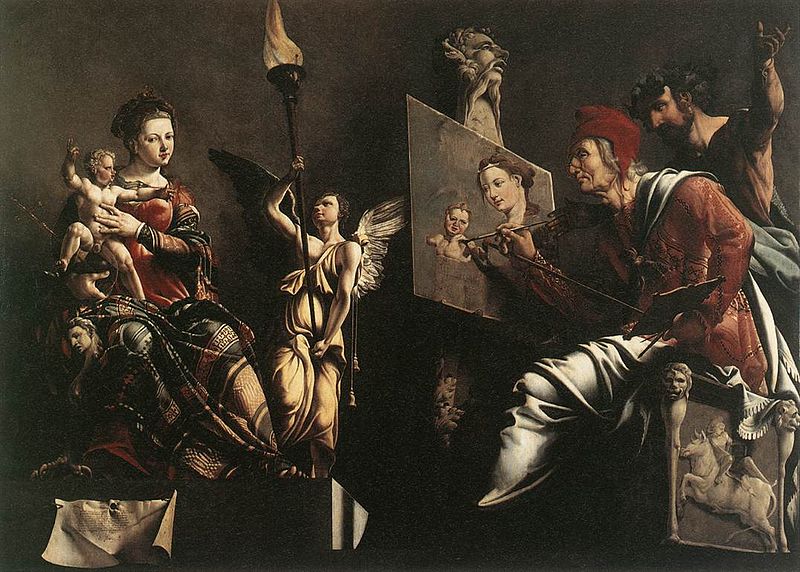
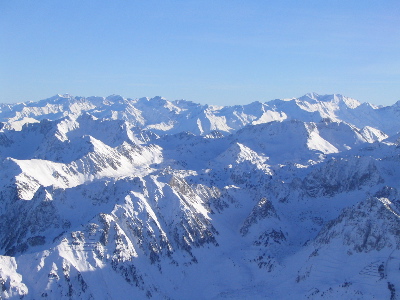
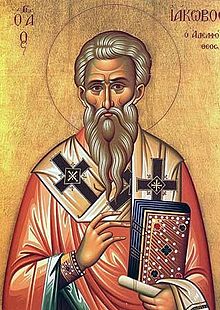



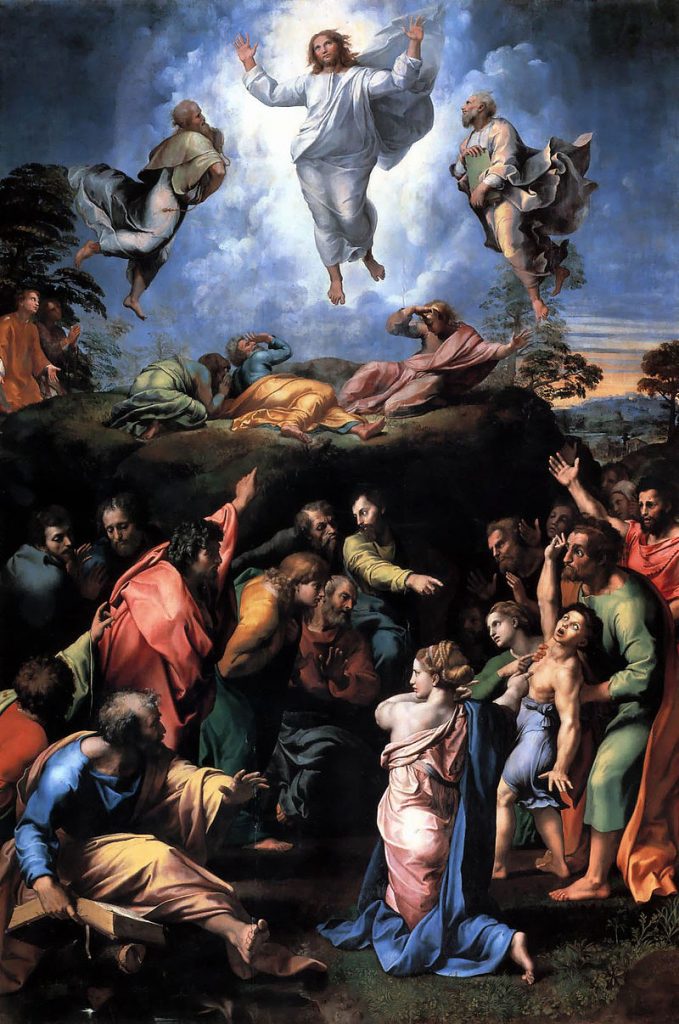

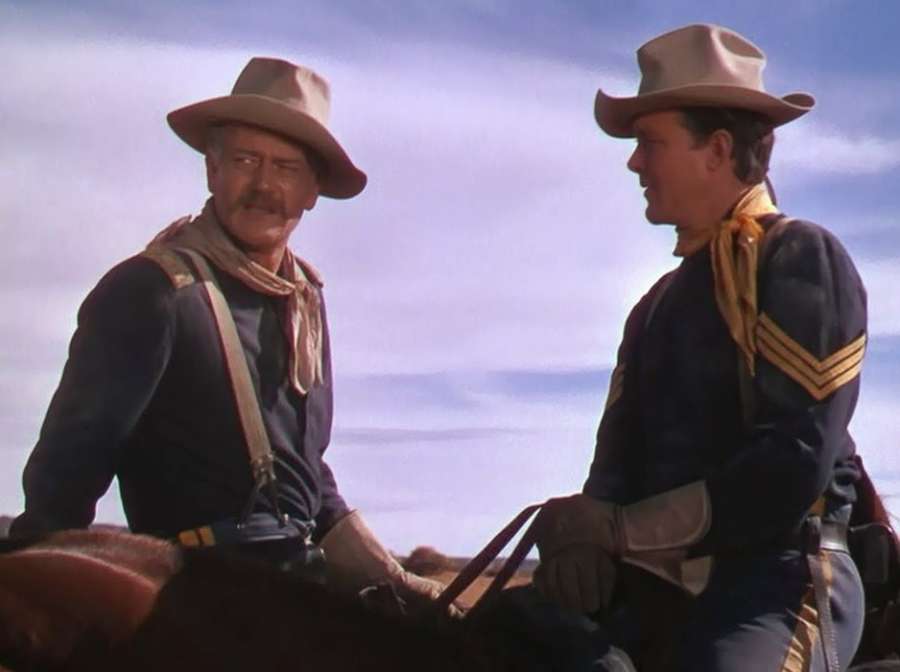
.jpg)
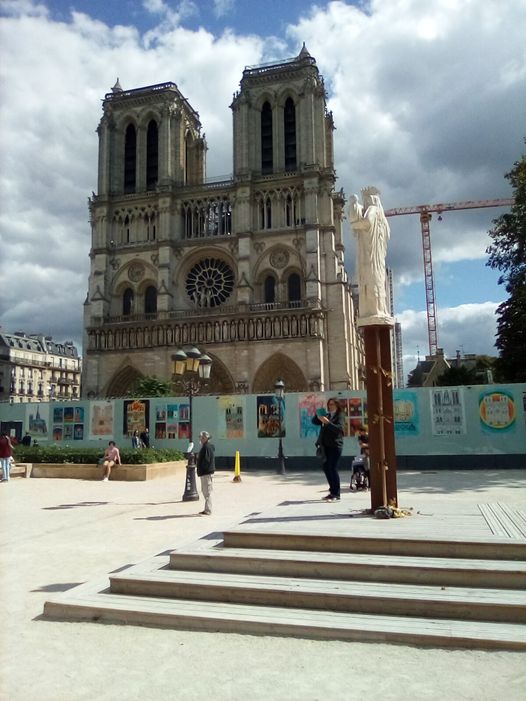
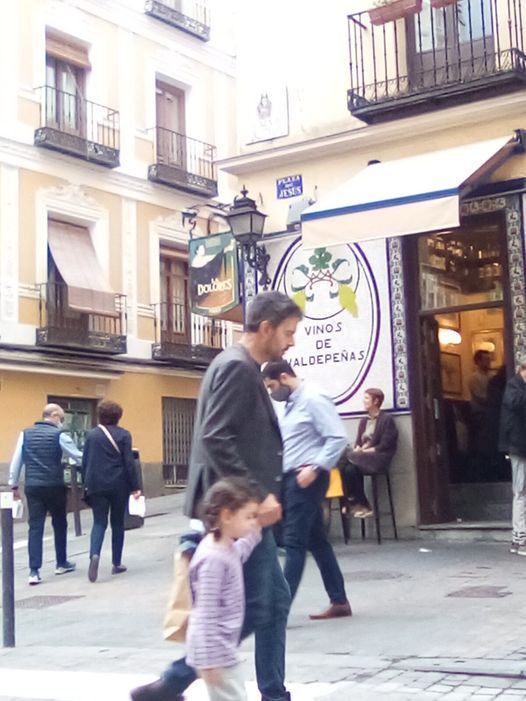


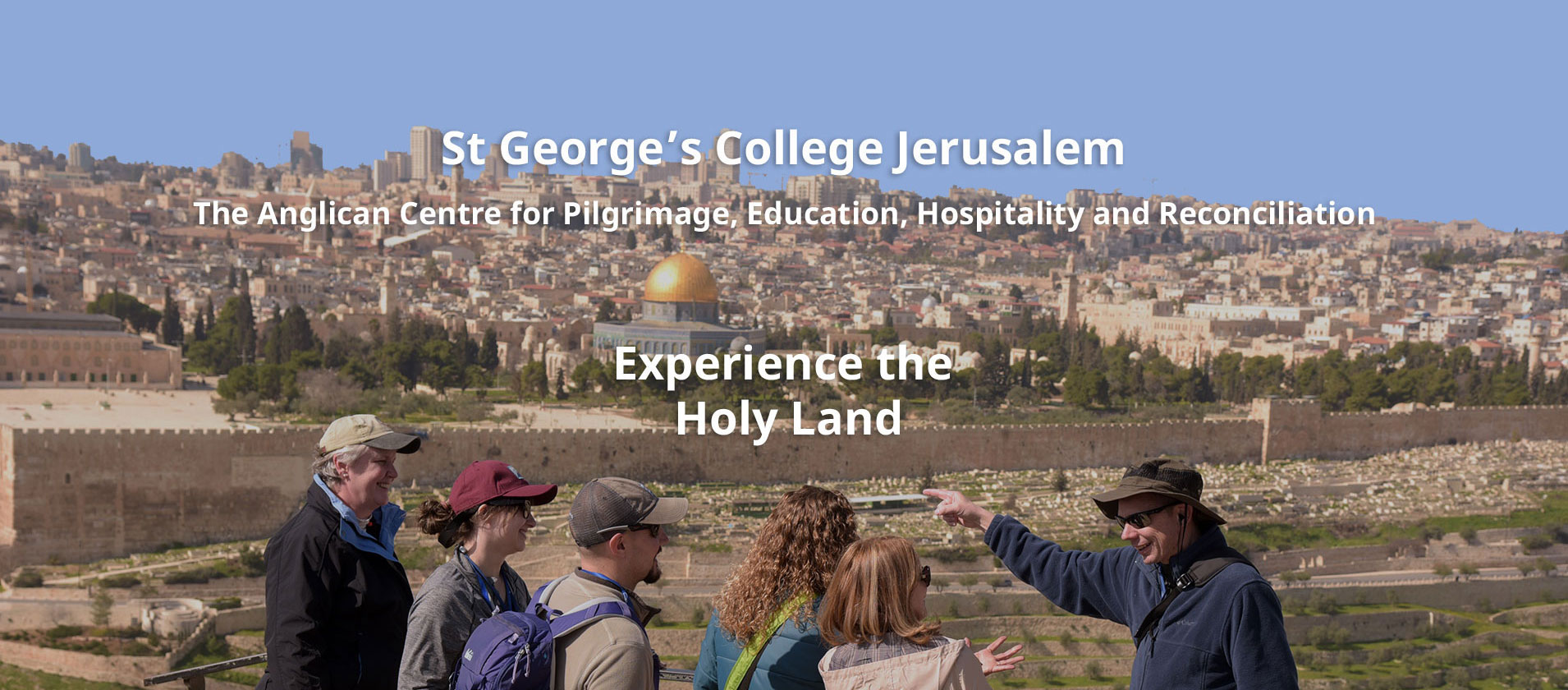
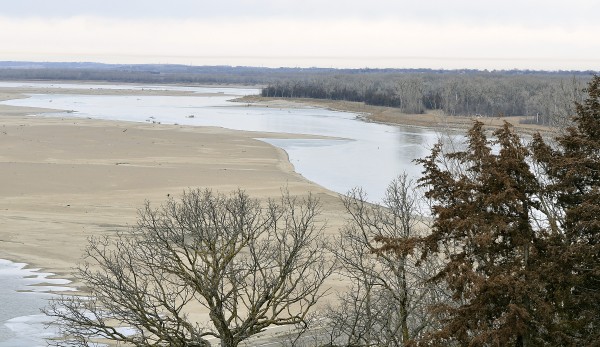
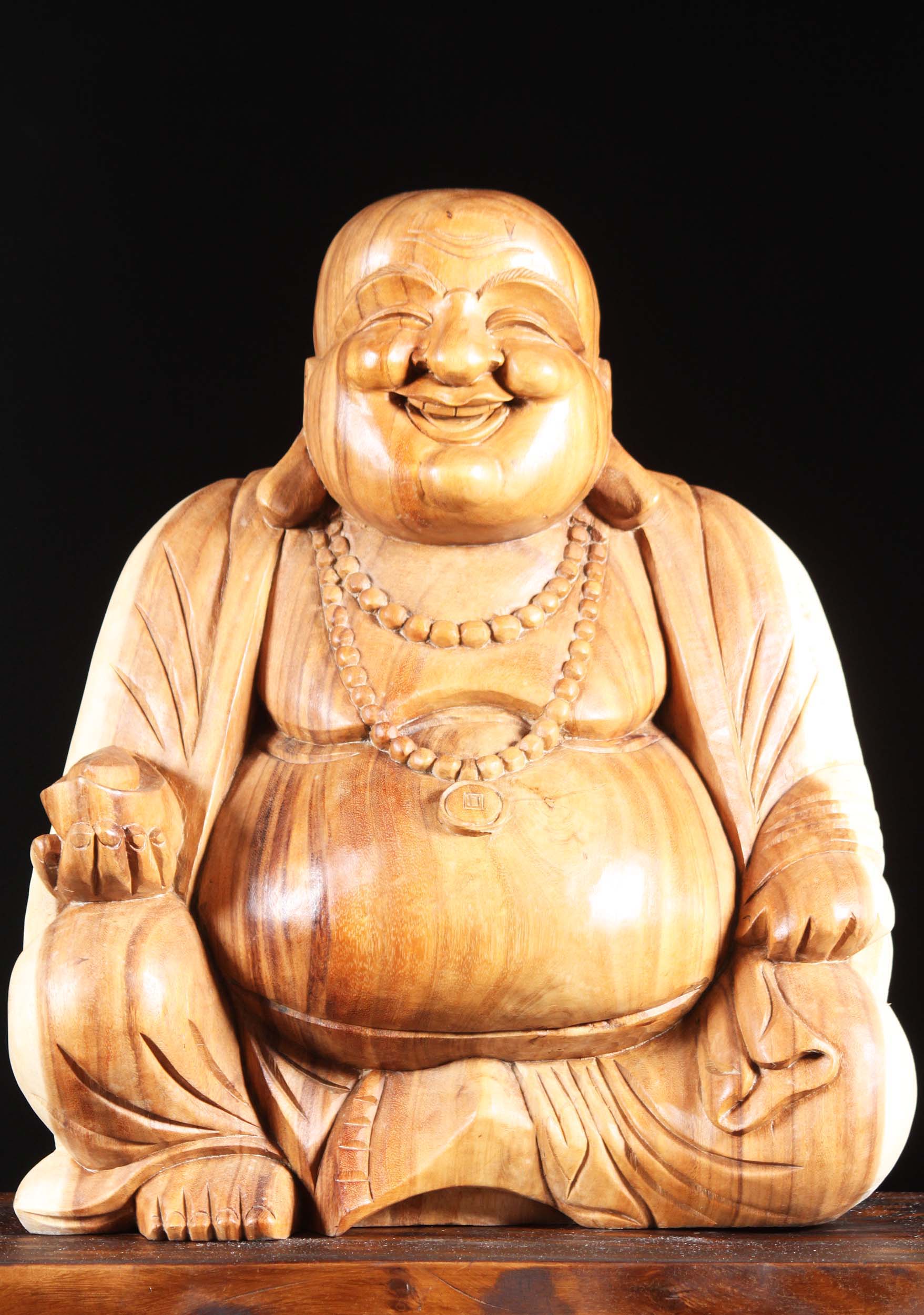
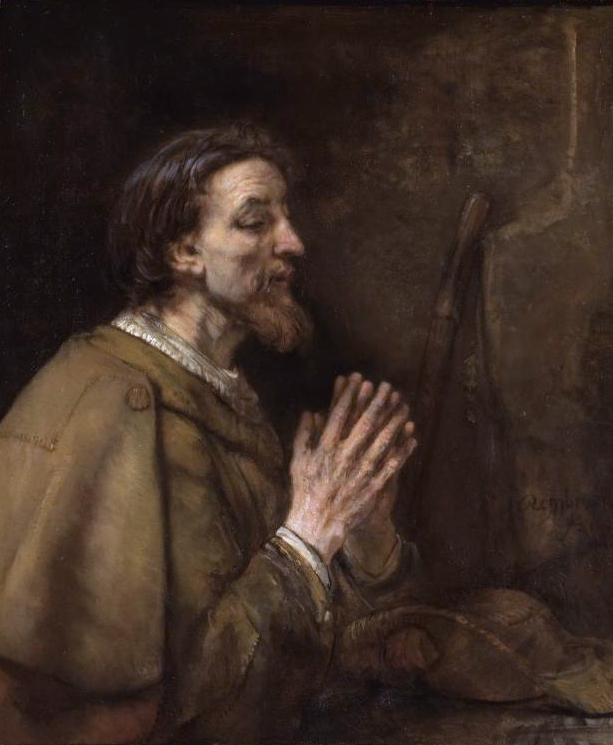
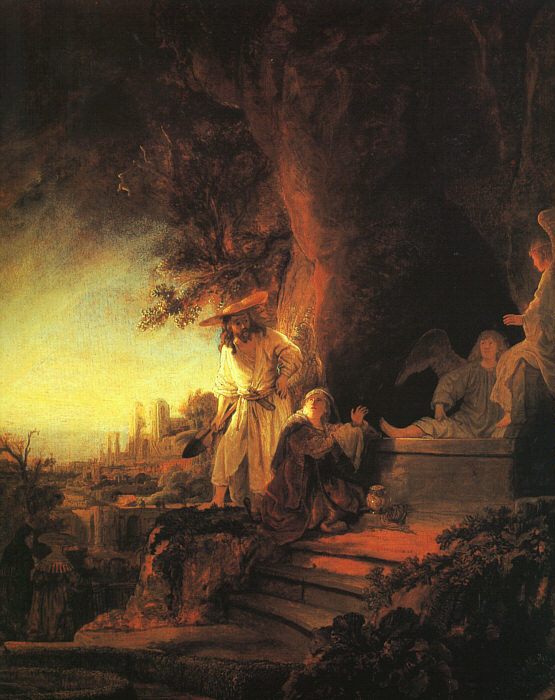


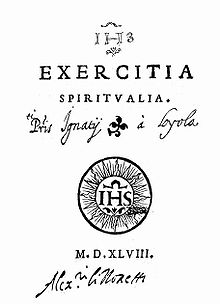




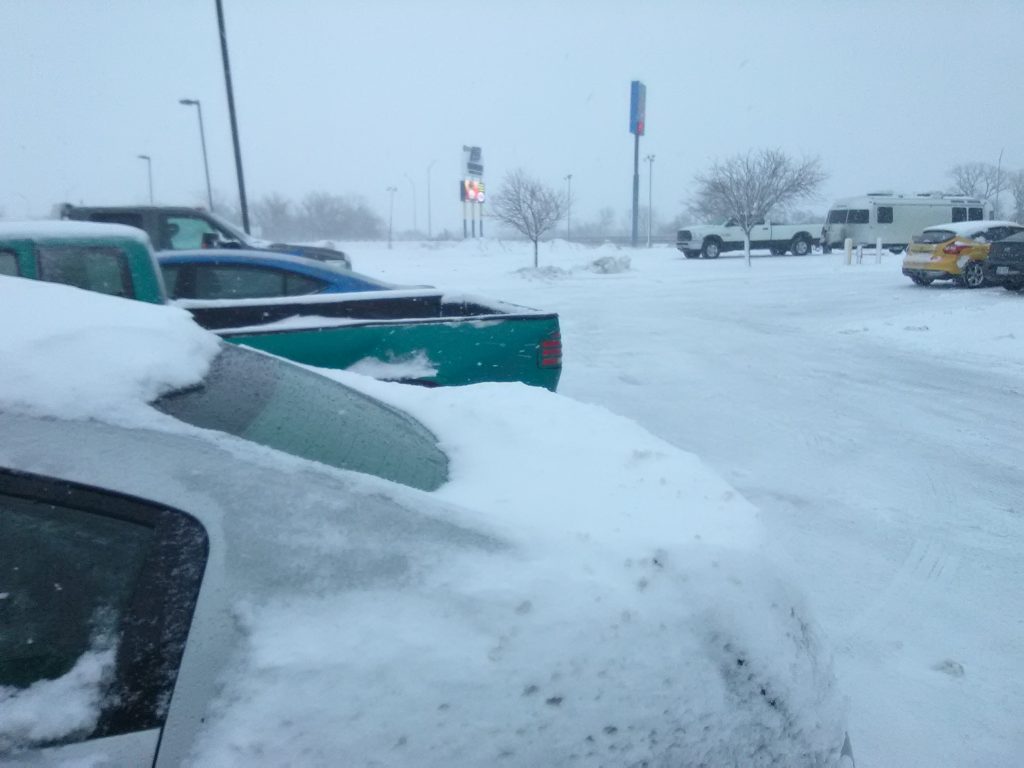

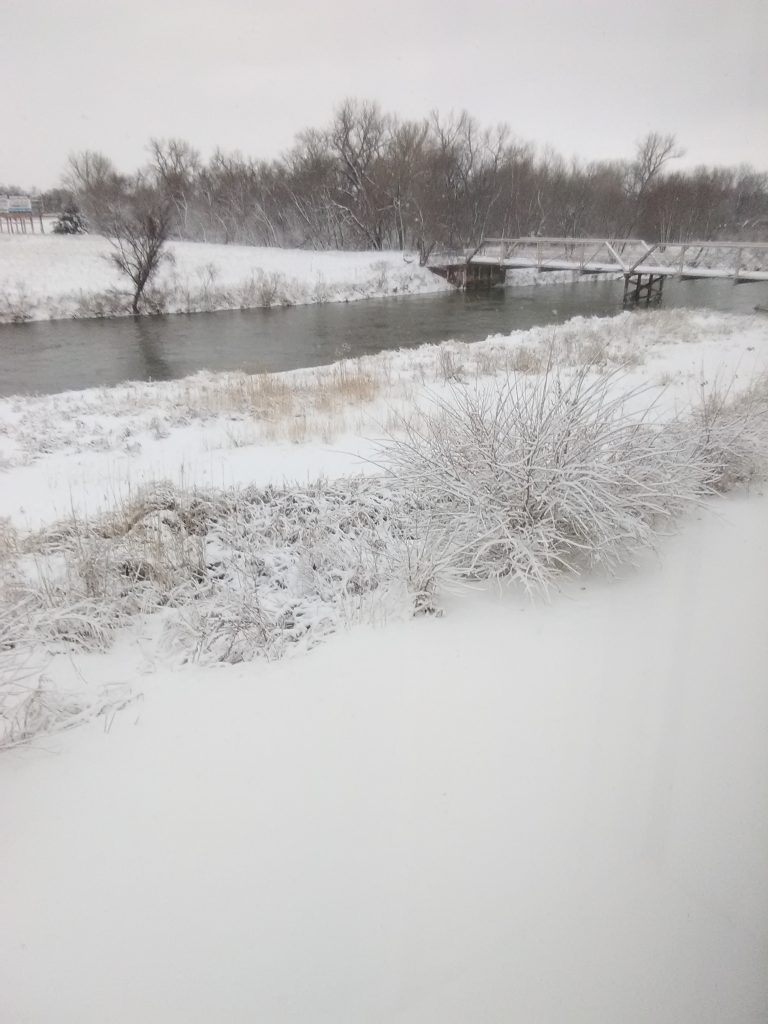

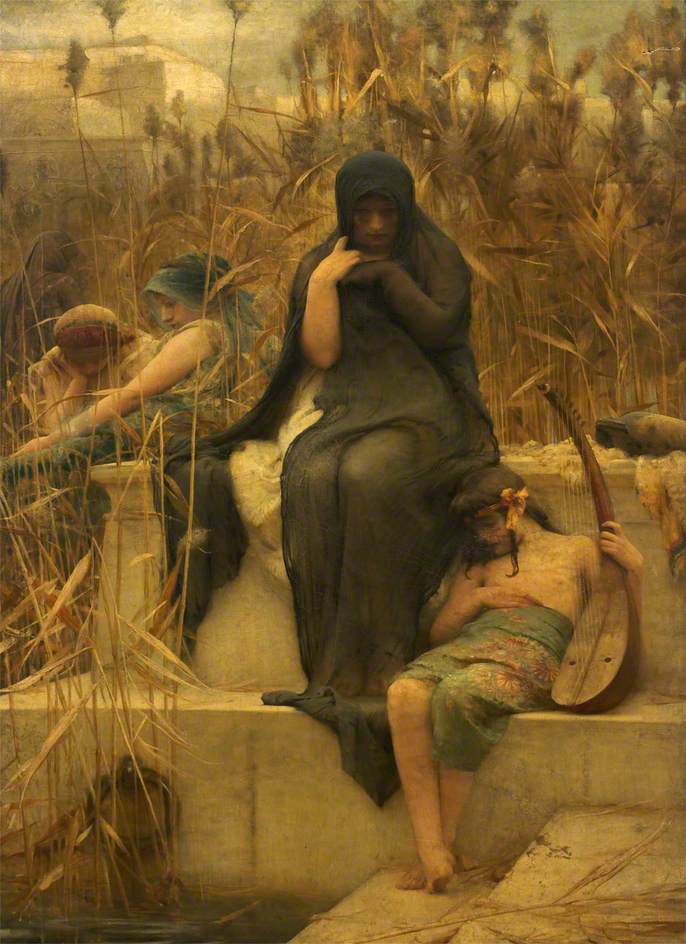


 Which would have brought us back to the topic of such pilgrimages, if this James had been “the Greater.” As for the confusion, see
Which would have brought us back to the topic of such pilgrimages, if this James had been “the Greater.” As for the confusion, see 